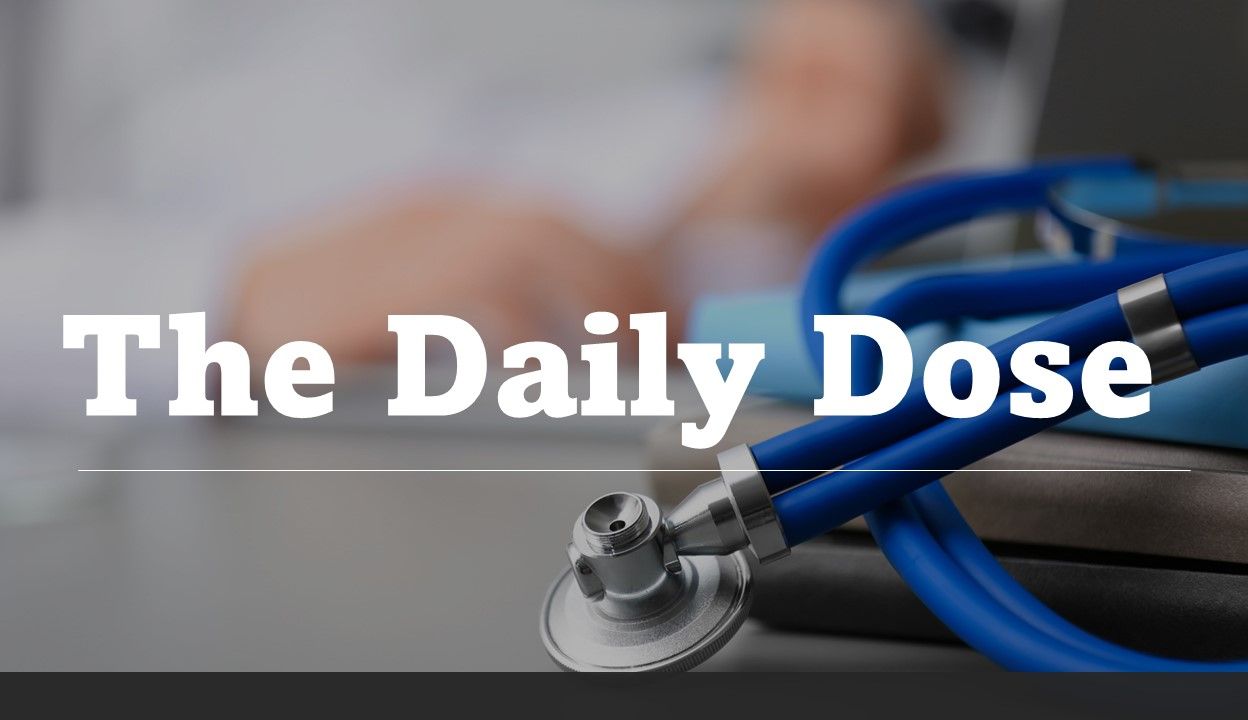- Clinical Technology
- Adult Immunization
- Hepatology
- Pediatric Immunization
- Screening
- Psychiatry
- Allergy
- Women's Health
- Cardiology
- Pediatrics
- Dermatology
- Endocrinology
- Pain Management
- Gastroenterology
- Infectious Disease
- Obesity Medicine
- Rheumatology
- Nephrology
- Neurology
- Pulmonology
Anaphylaxis Treatment Often Falls Short in Prehospital Care: Daily Dose
©New Africa/AdobeStock

Patient Care brings primary care clinicians a lot of medical news every day—it’s easy to miss an important study. The Daily Dose provides a concise summary of one of the website's leading stories you may not have seen.
On March 26, 2025, we reported on a study published in the journal Prehospital and Disaster Medicine that examined the emergency treatment and outcome of anaphylaxis in children and adults according to its severity.
The study
Researchers conducted a retrospective study assessing anaphylaxis cases managed by Emergency Medical Services (EMS) from Dresden/Germany from 2012 to 2016. The study excluded air rescue cases and classified reactions based on the Ring and Messmer severity scale (Grades I-IV). Researchers analyzed the severity, treatment, hospitalization rates, and outcomes of 1131 adults (mean age, 50.5 years) and 223 children (mean age, 7.4 years). Focus was placed on the recommended first-line therapy with adrenaline in cases of severe reactions, according to the study.
The findings
Severe anaphylaxis (Grade II or higher) was observed in 591 adults and 102 children, which was mostly triggered by medication (33%) in adults and food (61%) in children. The average time between the alert and the arrival of the EMS was 6 minutes (range: 1–47 minutes) for children and 7 minutes (range: 1–60 minutes) for adults. Investigators reported that epinephrine was administered in only 7% of adults and 8% of children experiencing Grade II or higher reactions. A statistically significant correlation was observed between epinephrine use and patient improvement in adults (P < .001) and children (P = .016).
Among pediatric patients, 61.4% received treatment, including glucocorticoids (50.7%), H1-receptor antagonists (45.3%), H2-receptor antagonists (24.2%), and epinephrine (4.9%). Medication use increased with severity: for Grade I reactions, 59.5% received treatment (2.5% with epinephrine); for Grade II, 61.6% received treatment (5.8% with epinephrine); and for Grade III, 75% received treatment (18.8% with epinephrine).
In adults, 75.2% received emergency medication, including glucocorticoids (68.3%), H1-receptor antagonists (69.2%), H2-receptor antagonists (57.4%), and epinephrine (4.5%). Among them, 47.7% had Grade I reactions (70.2% received treatment; 1.9% with epinephrine), 40.5% had Grade II reactions (79.7% received treatment; 4.4% with epinephrine), and 11.8% had Grade III reactions (80.5% received treatment; 15.8% with epinephrine).
Authors' comments
"The literature published to date and the data presented here suggest that there is some uncertainty among prehospital health care professionals about how to recognize and treat anaphylactic reactions. Further studies could help to close the existing medical care gap."
Related Content
